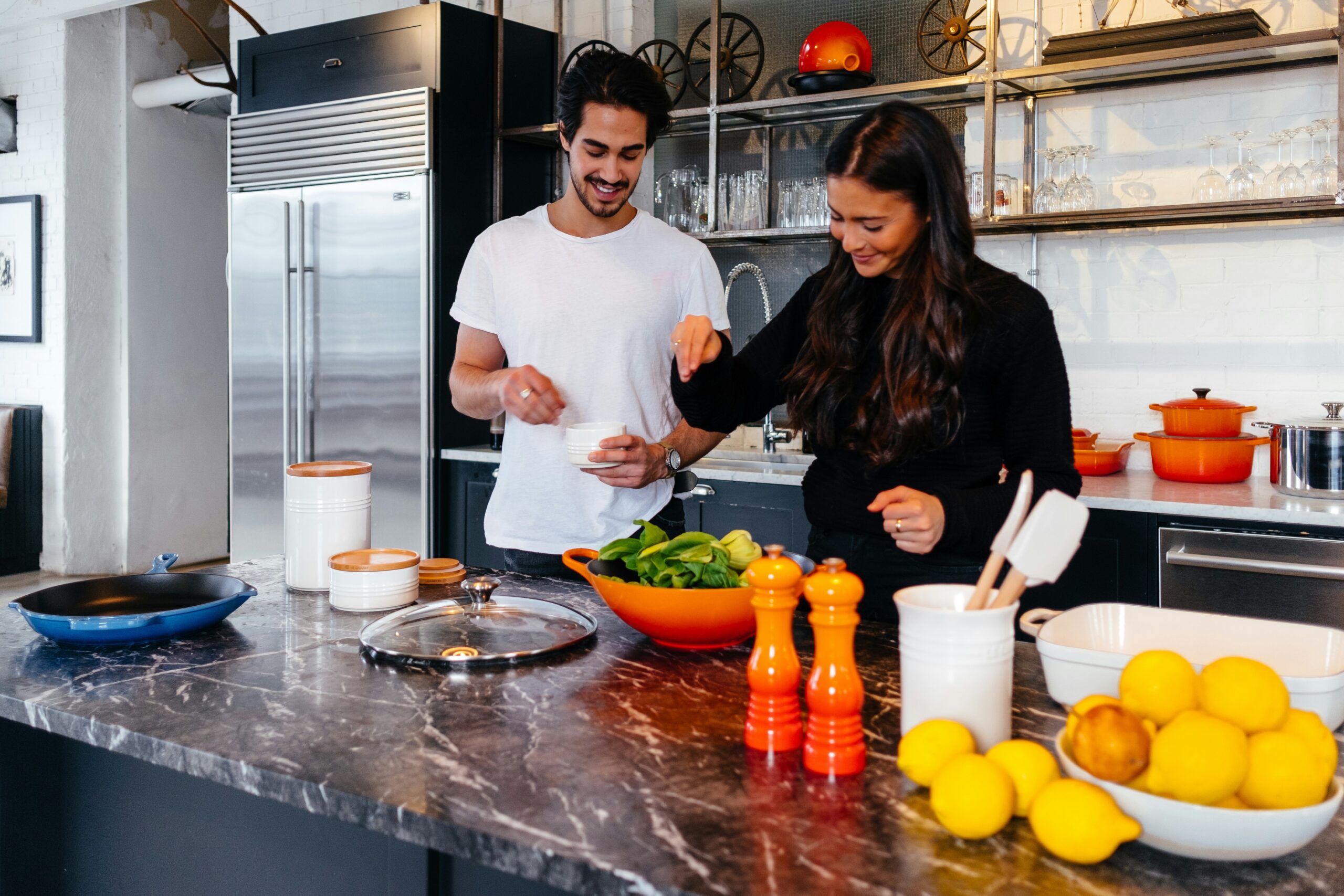
Cooking at home is more than just preparing food—it’s an act of creativity, care, and self-expression. However, to cook confidently and consistently, every home chef must first understand the basic techniques that bring ingredients to life. Mastering foundational skills allows you to cook with intuition, adapt recipes easily, and elevate even the simplest dishes. When you know the “why” behind the methods, the kitchen becomes a place of joy rather than frustration.
Sharpening Your Knife Skills
Everything in cooking begins with preparation, and that means understanding your knife. Good knife skills save time, improve safety, and ensure your food cooks evenly. Learning to hold the knife correctly—with a relaxed grip and firm control—gives you precision and speed. Practicing essential cuts like slices, dices, and chops helps you gain rhythm and consistency. Before long, you’ll notice that your prep work feels smoother and your ingredients look more professional.
But knife mastery isn’t just about how you cut—it’s also about maintaining your tools. A dull knife is far more dangerous than a sharp one because it requires extra force and increases the risk of slipping. Regular sharpening and honing make every motion effortless. Additionally, choosing the right knife for the job—like a chef’s knife for vegetables or a paring knife for small tasks—can make all the difference in efficiency and comfort.
Getting Comfortable with Heat
Once your ingredients are ready, the next key skill is learning to control heat. Understanding temperature and timing can make or break a dish. For example, cooking over high heat creates a crisp sear on meats and vegetables, while low, gentle heat helps sauces simmer and thicken without burning. Knowing when to turn the flame up or down ensures balanced textures and flavors.
Equally important is choosing the right cookware for the job. Cast iron holds heat beautifully, making it perfect for searing or roasting. Stainless steel pans heat quickly and are ideal for sautéing or reducing sauces. Even nonstick pans have their place for delicate foods like eggs or pancakes. As you experiment, you’ll begin to understand how different pans and heat levels influence your results—and that knowledge gives you complete control.
Sautéing and Roasting: Everyday Essentials
Two of the most versatile cooking methods every home chef should know are sautéing and roasting. Sautéing, which involves cooking food quickly in a small amount of fat over medium-high heat, brings out bold flavors while preserving freshness. Vegetables become vibrant and crisp, and proteins develop golden-brown crusts. To sauté successfully, don’t overcrowd the pan—give each ingredient enough room to cook evenly. Constant movement with a spatula or a simple toss keeps the food from sticking or burning.
On the other hand, roasting uses the steady, dry heat of the oven to create depth of flavor. It’s perfect for hearty vegetables, meats, or even fruits. The key is to preheat your oven and allow space for air to circulate the food. Season generously before roasting for extra flavor, and consider adding herbs or citrus for an aromatic boost. Whether preparing roasted potatoes or a whole chicken, this technique delivers comforting, caramelized results every time.
The Art of Seasoning
No matter how skilled you are with technique, your food won’t shine without proper seasoning. Salt enhances natural flavors, while herbs and spices introduce complexity and character. Learning how to season thoughtfully is what separates good cooking from great cooking. Start by salting your ingredients early—it draws out moisture and helps flavors penetrate deeply. Then, adjust seasoning gradually as you cook to maintain balance.
Beyond salt, understanding acidity and freshness is crucial. A squeeze of lemon, vinegar, or fresh herbs can brighten any dish and contrast rich flavors. Seasoning is a conversation between ingredients—each element should support the others. With time, you’ll trust your palate and season with confidence instead of hesitation.
Making Simple Sauces
Sauces bring harmony to dishes, tying flavors together and adding depth. Fortunately, you don’t need to be a professional chef to make them. A simple pan sauce, for instance, can be created right after searing meat—deglaze the pan with broth, wine, or vinegar, then whisk in butter for a silky finish. Similarly, mastering a basic roux (a mix of butter and flour) opens the door to countless sauces like creamy gravies or cheese-based favorites.
Cold sauces like vinaigrettes or yogurt-based dressings can elevate meals with minimal effort. The key to success is balancing richness with acidity and seasoning to taste. Once you understand these fundamentals, you can easily experiment—perhaps swapping ingredients or adding herbs to suit your preferences. These small finishing touches often turn an ordinary meal into something truly memorable.
Confidence Through Consistency
Cooking is a skill, not a mystery—and like any skill, it improves through repetition. The more you cook, the more familiar you become with timing, texture, and flavor. Don’t be discouraged by early mistakes; every burnt edge or over-salted dish teaches something valuable. You’ll gradually develop intuition and adaptability by approaching cooking as a learning process rather than a test.
Furthermore, cooking consistently helps you connect with your ingredients. You’ll begin to recognize the scent of properly browned butter or the sound of a sizzling pan at the right temperature. These sensory cues guide your decisions far better than any recipe can. Confidence isn’t about knowing every technique—it’s about feeling comfortable enough to try, adjust, and improve.
Mastering basic cooking techniques isn’t about perfection—it’s about empowerment. Knife skills, heat control, seasoning, and sauce-making form the foundation for endless creativity. Once you grasp these essentials, you’ll find freedom in the kitchen to cook from the heart. Every meal you make, whether simple or sophisticated, reflects your growing confidence and love for the craft.